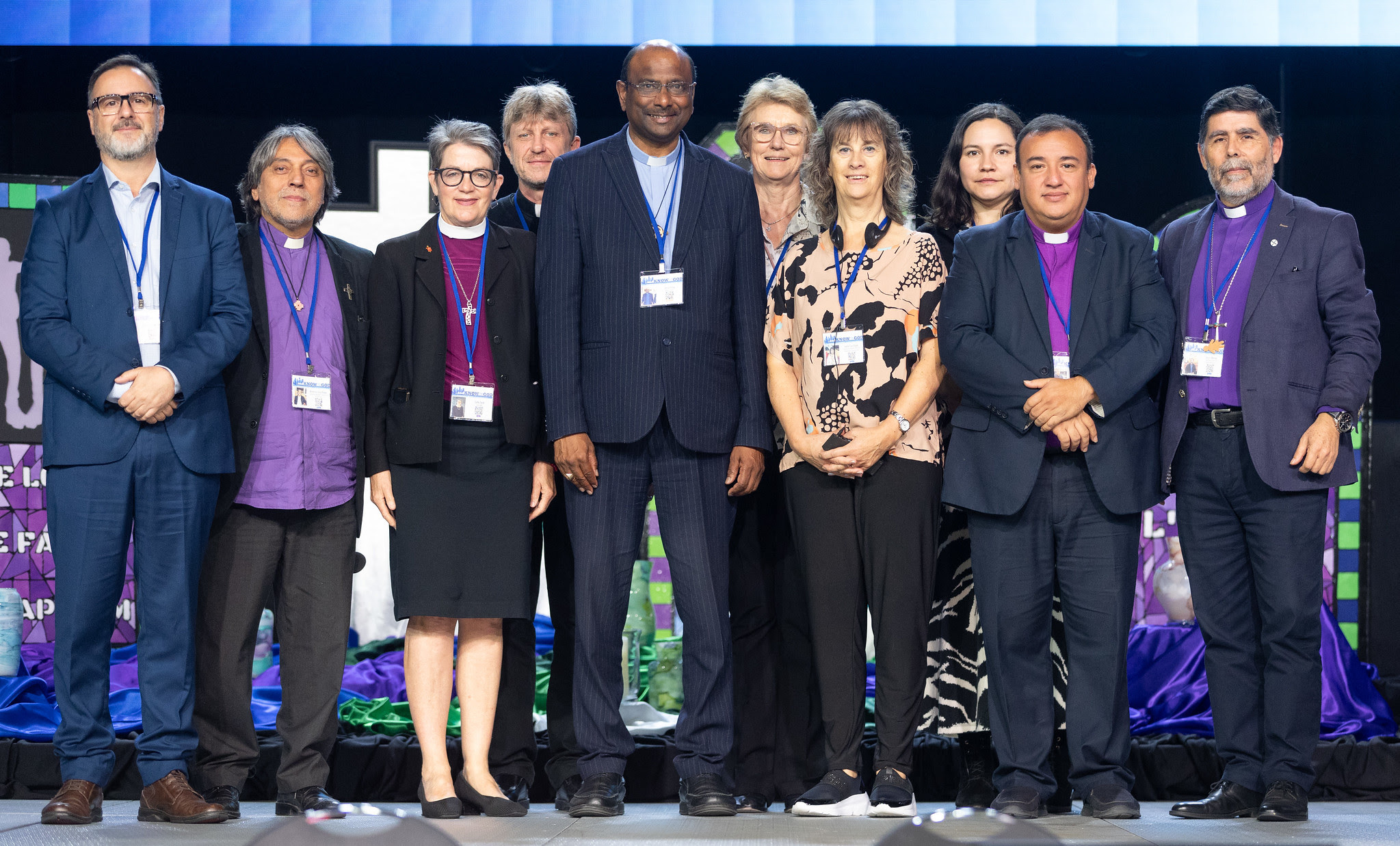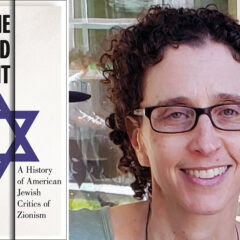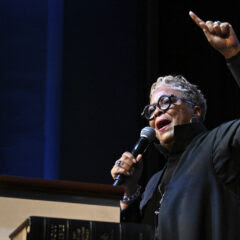In opening remarks, Rev. Christo Greyling, former senior director, Church Partnerships, World Vision International, reflected that this was a “milestone conversation” to be having—especially considering how far we’ve come since the start of the HIV epidemic. “We need to listen to young people about the broader issues around the church, around access, and around HIV—so I’m thankful,” he said. Dr Manoj Kurian, director of the World Council of Churches Commission of the Churches on Health and Healing, described the ideal setting for safe spaces. “It’s a roundtable,” he said. “It’s an equal table for discussion. There is safety—physical, emotional, and spiritual safety.” Alicia Sánchez, advisor, Youth Engagement at the Secretariat of the Joint United Nations Programme on HIV/AIDS, said: “I think it’s the first time for me to have the chance to have a conversation with faith leaders and young people, and I really appreciate this opportunity.” Self expression A panel of three young people shared their thoughts on wellbeing, safe spaces, and human rights. Yao Yayra Amega, from Togo, described the characteristics of a safe space. “A safe space for young people is a physical or virtual environment where they can feel accepted, respected, and valued without fear of discrimination or judgment related to vulnerability or status,” he said. “It's a place where they can be themselves without shame or fear, where they can express themselves freely and share their experiences without facing stigmatization.” Self expression is an important part of a safe space, he said. “Young people can explore their identity, feelings, and experiences in a safe and confidential environment.” He also named mental health as a significant issue to take into account when creating a safe space. “Young people can discuss the emotional and psychological challenges they face, and get support and resources to deal with them,” he said. Elizabeth Oluchi, from Nigeria, works with the Association of Positive Youths Living With HIV and AIDS. She focused on safe spaces for young women. “Creating a safe, inclusive, and supportive environment for young women living with HIV is essential within faith communities,” she said. “By addressing stigma, promoting understanding, and empowering these individuals, faith groups can become a vital source of comfort and resilience.” Saidy Brown, from South Africa, spoke about what safety really means. “Safety is not something we all have in the queer community,” she said. “There is a great need for unity in the community, and a need for solidarity from society.” She called upon faith leaders to facilitate safe spaces. “The truth of the matter is that a huge part of homophobia does come from religious views,” she said. “Let’s start speaking about these things.” | 




















